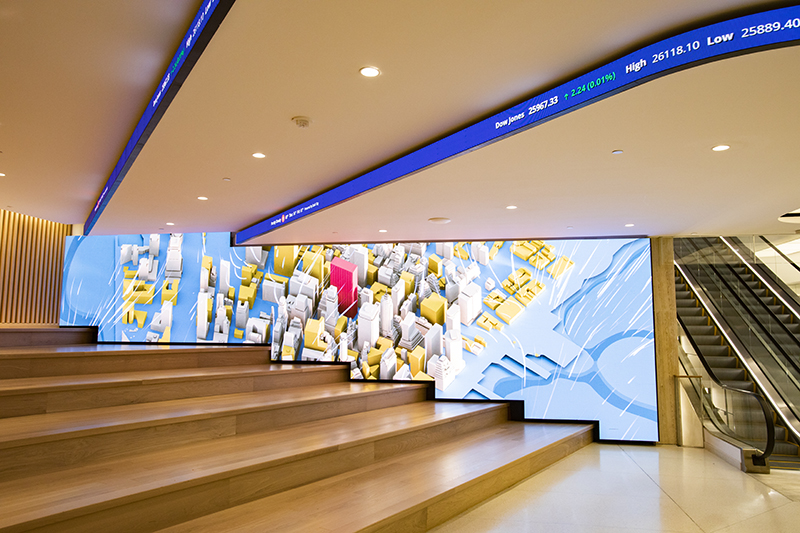Understanding the Impact of Luminance Contrast Ratios on Perceptual Clarity and User Response
Wiki Article
Comparison proportions are an critical principle in visual composition and individual interpretation. They relate to the difference in luminance between the brightest and deepest parts of a visual display. A greater contrast ratio means that there is a greater disparity between light and dim areas, which can substantially affect how clearly we see images, text, and other visual elements. This is particularly vital when addressing how individuals with different visual capabilities perceive information. Understanding contrast proportions helps creators develop more accessible displays, whether for websites, advertisements, or educational materials.

The importance of contrast levels can be observed in multiple applications, such as TVs, desktop monitors, and smartphones. In these devices, a high contrast level allows for sharper visuals and more legible content. For instance, when watching a film or engaging in video games, high visual separation can improve the viewing experience by making elements more distinct. This is also applicable for reading typography on displays; a pronounced contrast between the font color and backdrop tone can prevent eye strain and enhance clarity. As users engage with digital content regularly, creators must emphasize ideal visual balance settings to ensure comfort and clarity.
Various user groups may experience contrast ratios in distinct ways. For people with sight impairments, such as color blindness or low vision, adequate visual separation is essential for understanding information presented graphically. Content creators must consider these variations when creating content. Resources like contrast analysis tools can assist evaluate whether the chosen colors provide enough separation for all users. By maintaining suitable visual standards, designers not only make their work accessible but link also reflect universal design in their creations.
In relation to accessibility considerations, contrast ratios play a key role in visual design quality and general UX. A well-designed interface uses color combinations that not only attract focus but also lead visitors through content effectively. For example, emphasizing key controls or information with contrasting colors helps users navigate easily. When users find it easy to distinguish between different elements on a screen, they are more likely to engage with the content and complete tasks efficiently.
Ultimately, as digital innovation continues to evolve, the relevance of understanding visual contrast principles remains critical. Advancements in screen technology offer possibilities for even enhanced image sharpness. However, without thoughtful attention of how more helpful info visual differentiation influences user interpretation, developments may not achieve their full effectiveness. Visual professionals and technologists must remain updated about standards concerning visual contrast to guarantee that their designs stays effective and intuitive across multiple systems and screens. By emphasizing these guidelines, they can improve user interaction and create a more visually inclusive digital world.